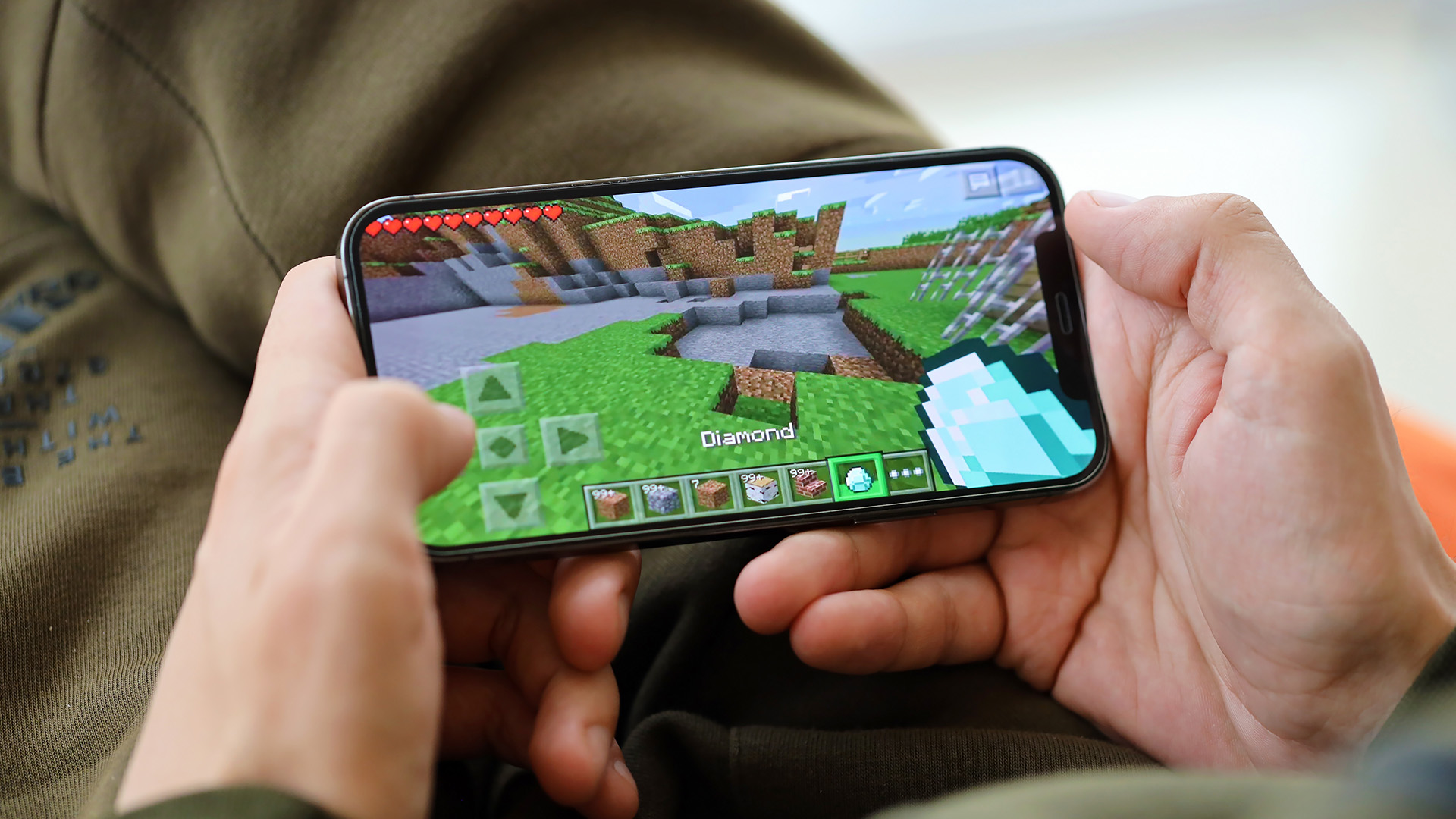Measuring the impact of games
There follows a review of studies examining the impact of games or gamified learning environments on financial education. The evidence presented in the studies suggests that games have beneficial effects on financial education and on financial knowledge in particular. In some studies, games have been found to have an impact on financial behaviour, while others have not.
Utilization of games and playfulness in middle schools and their effects on learning
A study by Kalmi and Rahko addressed the use of games and gamification in lower secondary schools and their impact on learning. The study focused on three different forms of gamification in financial education. These were the Me and My City Lower Secondary School, the Money Flow Challenge and the Oma Onni learning environment. The study compared their use in lower secondary school education compared with control schools which did not participate in any corresponding activities. The focus was on 9th-grade instruction, when students take a financial literacy course in social studies.
The study by Kalmi and Rahko found a statistically significant association with the accumulation of financial knowledge when gamified learning methods are used. Me and My City had the largest impact. This would suggest that gamified teaching promotes the learning of financial topics. On the other hand, no impact on behaviour was observed.
Panu Kalmi and Jaana Rahko: The effects of game-based financial education: New survey evidence from lower-secondary school students in Finland.
Effects of the central bank game on learning
Duzhak, Hoff and Lopus examined the effects on learning of a federal reserve (central bank) game created by the Federal Reserve Bank of San Francisco. The objective of the game is to keep inflation and unemployment low by adjusting the federal funds rate. The authors examined learning both by studying game analytics and by comparing learning of macroeconomic concepts with a control group that did not play games. In both ways, the review found that central bank games were significantly associated with learning. See Chair the Fed: Insights from game usage data and The Effects of the Chair the Fed Simulation on High School Students’ Knowledge.
The effects of a playful learning environment in elementary schools
Batty et al. studied the effects of two gamified learning environments, Financial Fitness for Life and My Classroom Economy, on financial learning in primary schools. Financial Fitness for Life is a more formal learning module, while My Classroom Economy is integrated with general activities in the classroom. Pupils receive for their accomplishments virtual “bonuses” or “fines” and, among other things, pay rent for their work equipment and facilities. In both cases, the researchers found the use of the gamified environment to have positive effects on learning compared with situations in which the learning environment was not in use. See Experimental Evidence on the Effects of Financial Education on Elementary School Students’ Knowledge, Behavior, and Attitudes and an Open access parallel copy: Experimental Evidence on the Effects of Financial Education on Elementary School Students' Knowledge, Behavior, and Attitudes.
The researchers found the use of the gamified environment to have positive effects on learning compared with situations in which the learning environment was not in use.

Effects of stock market games on students' financial literacy
Harter and Harter studied the effects of a stock market game on students’ financial literacy. Their results showed that students who played the stock market game improved their financial literacy more than those students who used standard teaching methods. See Is financial literacy improved by participating in a stock market game?
A study of the Oma Onni learning environment
Kalmi studied the Oma Onni learning environment with the aid of initial and final surveys in lower secondary schools in Ostrobothnia and Southern Ostrobothnia. According to the research, students who participated in the Oma Onni programme had better knowledge skills after the lower secondary school financial literacy course than students in a control group. On the other hand, the Oma Onni programme was not found to have an effect on financial behaviour. See The Effects of Financial Education: Evidence from Finnish Lower Secondary Schools.

A study on the use of digital games in financial education
An article by Maynard et al. looked at digital games and their use in financial education. In addition to the study identifying statistically significant associations, the authors also presented a theory as to what the impact of games is based on. They also presented a model on how games stimulate the interest of users and increase positive experiences of personal financial skills, which facilitates the introduction of good operating models. The article outlines how this model can be utilised in the practical design of financial games. See Can games build financial capability?
Connections between StarCraft II and financial learning
Jesse Räsänen completed a master’s thesis for the University of Vaasa on the associations between StarCraft II and financial education. The thesis was based on the idea that StarCraft II develops similar problem-solving skills as are needed to solve financial issues. The study found that the financial literacy of individuals who played the game frequently was somewhat better than that of a control group. These differences were not statistically significant, however. See Kilpailullisten reaaliaikastrategiapelien vaikutus taloudelliseen lukutaitoon: Tapaus StarCraft II (The impact of competitive real-time strategy games on financial literacy: Case StarCraft II).
This website has been implemented in collaboration with Panu Kalmi, Professor of Economics at the University of Vaasa.